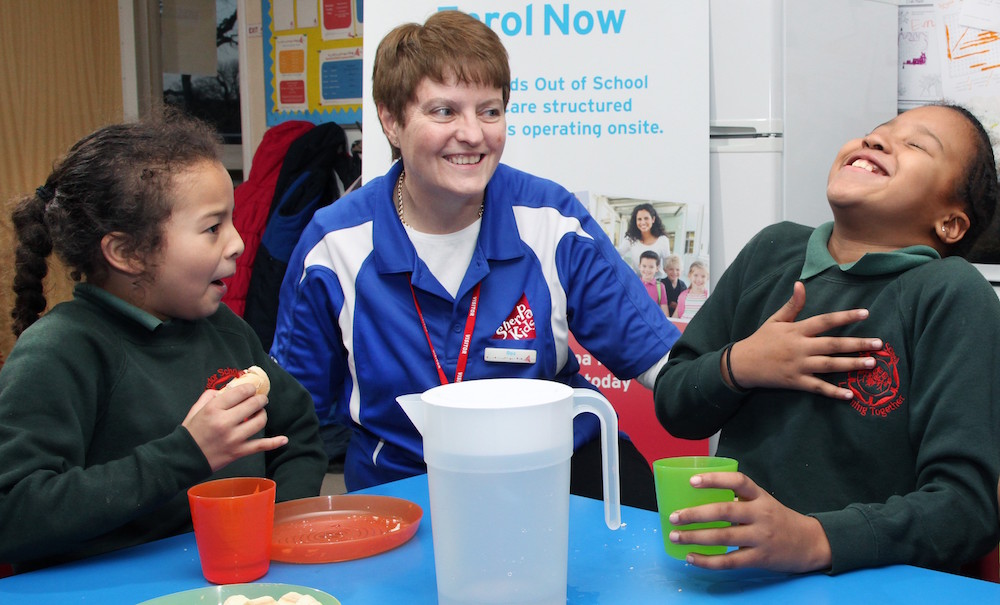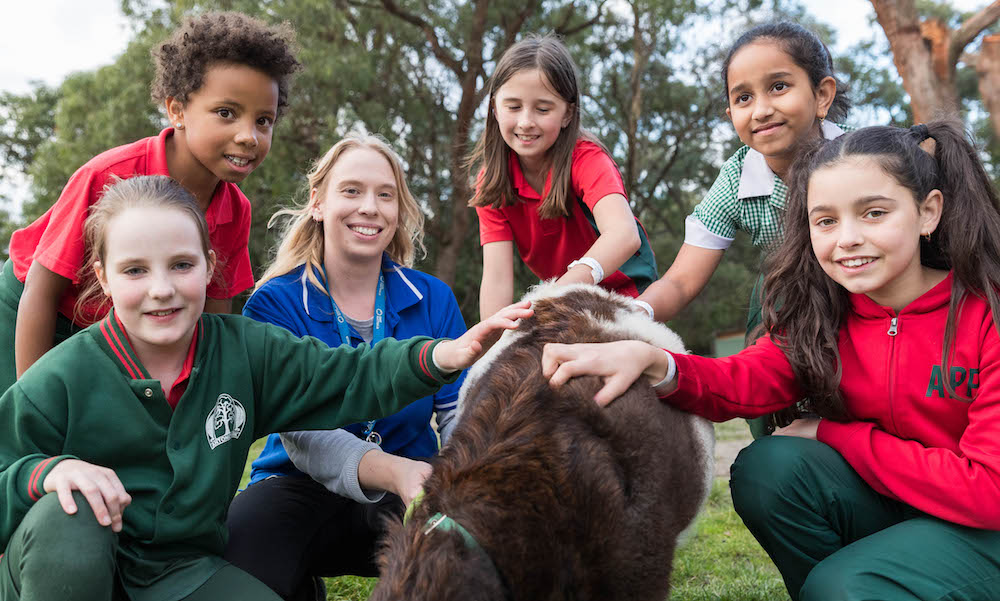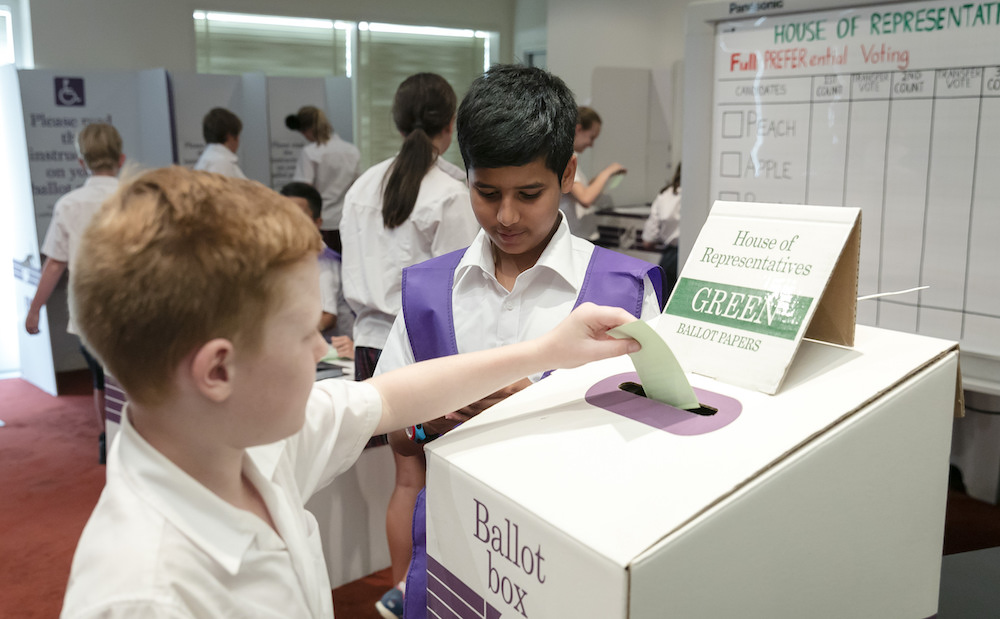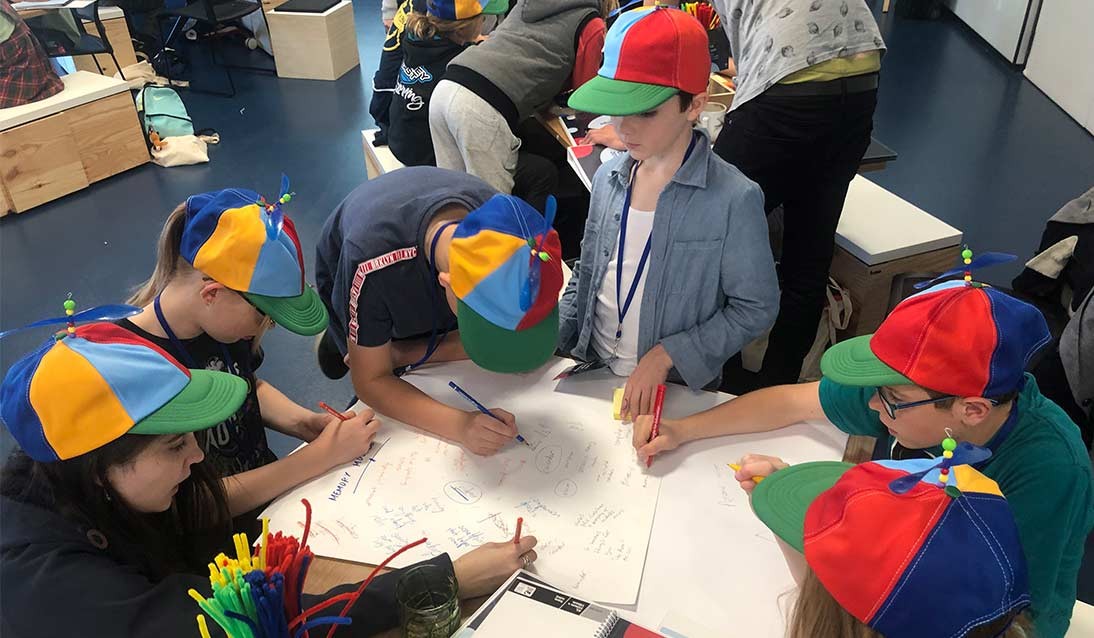The Handmaid’s Tale: anti-Christian contraband or a teaching tool?
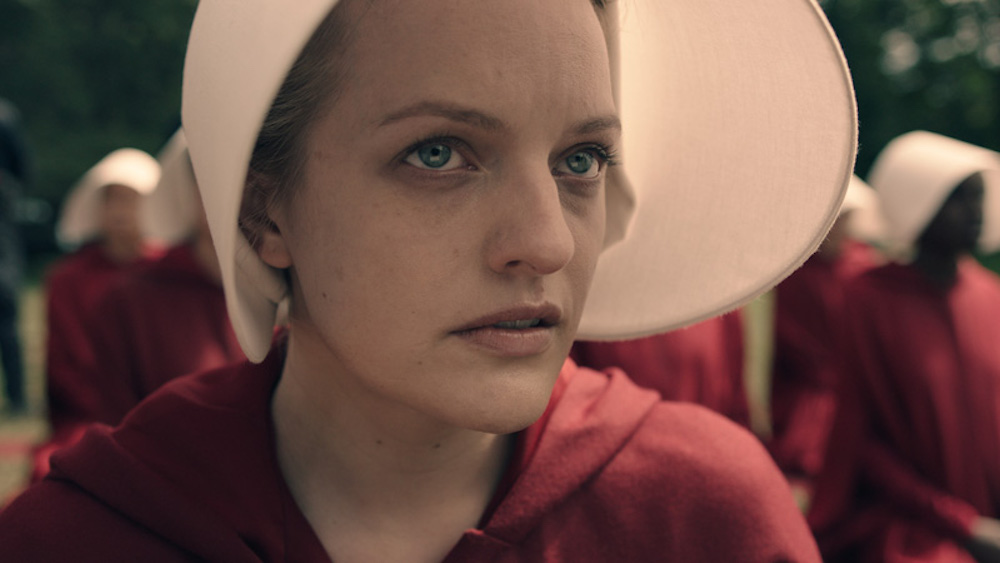
Margaret Atwood’s dystopian novel has long been on the syllabus in Canada and the USA, with history of mild opposition. In Australia, it is more ignored than opposed, but could the new TV series be a history and social sciences resource for senior students? Or is it just too confronting?
This week, I finally succumbed to the temptation to watch The Handmaid’s Tale (I tend to get easily traumatised by this sort of drama – especially in the context of commentary repeatedly suggesting The Handmaid’s Tale be treated not as science fiction, and even as a warning). I expected gripping content, but what I hadn’t anticipated was how it would haunt me – how images of Offred would follow me to the washing line, as I imagined flapping walls of blue, red and green (the ‘uniform’ colours for wives, handmaids and Marthas – domestic servants), against the backdrop of anachronistic scenes of manor houses and shrouded maids. Shaking my head, trying to shudder off the images, I would head back to my desk, look at my keyboard and remember that, in that dystopian world, this would ‘forbidden’. I could not write, nor read, nor work. My children would have been taken, and my life decided. As with most topics, I eventually arrive at what’s in it for educative purposes. Knowing that the book is read in North American English classes, I wondered how it would fit with the objectives of educating young adults in Australia?
Many say it is anti-Christian, though anti-fundamentalism would be more accurate. Scenes depicting the demolition of churches and persecution of nuns illustrate that this is not a broadly Christian government; rather a totalitarian fundamental sect is in charge.
Critics of the North American curriculum inclusion want to know why their kids need to read words they are not allowed to say at school, be exposed to explicit sexually violent scenes and they can’t see why it’s relevant.
However, many have argued that dystopian fiction offers opportunity for reflection on society and what can go wrong – just as with George Orwell’s 1984, or Animal Farm. Commentators speak of the novel (and TV show)’s relevance to current world politics and events, such as this Sydney Morning Herald article by Wendy Squires, called ‘Praise be, I’m a mess’.
So what’s in it for our senior students to learn from?
There are themes that can be recognised in other areas of society. The lack of agency women in Gilead have with regard to their reproductive decisions could be seen as the end of a road that begins with U.S. President Donald Trump’s recent encroachment on women’s reproductive rights in the USA, and anywhere the US aid dollars reach – ‘the global gag rule’.
The depiction of fertility management can also be contextualised within factory farming, (the ear tagging, the timing of the forced insemination, the systems, the captivity). The manipulation of others’ fertility reminds of ongoing ethical debate around genetic engineering to improve health outcomes, as well as ongoing discussion about the ethics of surrogacy.
In the first episode, the protagonist, June, who is to become “Offred” (Of Fred – her commander) is pursued through the woods as an animal in a hunt. Once caught, has her five-year-old daughter is torn from her arms. They are separated, and she is reassigned to serve the state as the white men in charge dictate. The child is lost to her – she has no power, no recourse. This scene echoes depictions of films and stories about The Stolen Generations in Australia and the lack of agency, forced breeding, and livestock status can be found in accounts of American slavery.
So is this pure fiction? Is it historical? Indeed. Margaret Atwood made a point of mining real events for ideas for Gilead. She said that much of this occurred in 17th century Puritan New England. and “nothing in the book that didn’t happen, somewhere”.
Is this book appropriate for use in a senior high school class discussion? Or is it best left for university and/or self-discovery as an adult? Is it anti-Christian, alarmist? Or a harbinger of things that might come if human rights are eroded any further?
An article published in The Conversation, written by Linda Wight, Senior Lecturer, Literature and Screen Studies, Federation University Australia offers a further reason why history students could benefit from the text. She says, “Offred’s story is transcribed, annotated and published by two male academics, who refuse to give her story the status of official history and dismiss it as “crumbs”.
Women’s experiences in history have remained as obscured as the insidious meaning of the ‘his’ in history. The ‘historical’ notes alone can provoke discussion about whose version of events is accepted as ‘history’. History of wars are controlled by the victors, and in the case of the fictional Gilead, the history of the males who were permitted to author their accounts is privileged by the male students.
Women’s experiences have been marginalised in Australian culture and history studies, but things are not always as they seem. The fact that Aboriginal women were seen as disconnected from spiritual practice largely occurred because the anthropologists were mostly male, so could never access even limited information about women’s business.
For those students deemed emotionally ready by parents and teachers, perhaps even beginning with the historical notes at the conclusion of The Handmaid’s Tale could offer some perspective, perhaps encouraging young historians-in-training to do more than scrape the surface of any ‘crumbs’ of a primary source they encounter.

